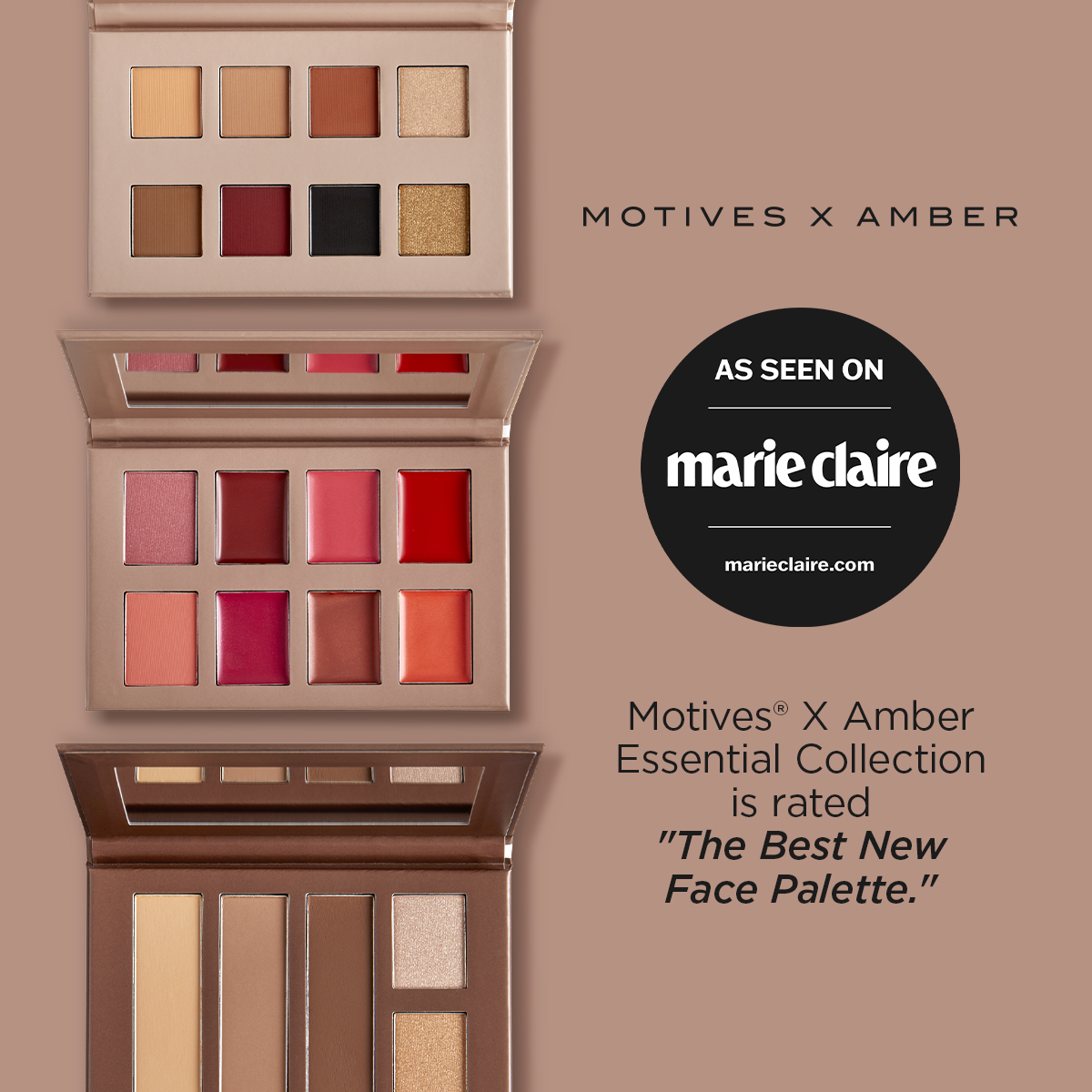We often hear about manicures that can last four weeks – but where are they? “This time,” we think, “this will be the manicure that lasts an entire month,” only to look down and see a chip after a week and a half. Well, there is slightly more to a long-lasting manicure than just getting the manicure. Most importantly, it involves taking care of your nails. Healthy nails will always make for a more durable mani. But there are tips and tricks you can use to get the most out of your salon visit. Here’s what you can expect from each type of manicure and how to protect your nails to see vibrant, un-chipped color after 3 or 4 weeks:
Standard Polish
We’re all familiar with the standard polish manicure, done at home or in a salon. At the salon, it typically involves filing and shaping the nails, buffing the nail plate, trimming and oiling your cuticles, and applying nail polish. This usually takes around 30 to 60 minutes, plus drying time. Standard nail polish is the easiest manicure to do at home and is the most common method for a quick and easy DIY mani.
Nail polish manicures are notorious for chipping almost instantly. Not only do you have to be cautious and aware of your nails while they are drying, which can be up to a few hours depending on the polish, but they can last as little as a couple days before they start to chip. Of course, touch ups are easy with nail polish, but most women need a new manicure every week. To get the most out of a nail polish manicure, try these tips:
- Don’t blow on your nails to dry them: As tempting as it may be, blowing on your nails to help them dry faster can weaken the polish. If you want to make the drying process faster, always use cool air like a fan, and avoid doing your manicure in warm or wet environments. Additionally, store your nail products in a cool, dry space.
- Wipe down the nail with alcohol: Use 99% isopropyl alcohol to wipe the nail plate before the polish is applied. This helps to dry off the plate of any oils and ensure the base coat adheres properly.
- Go to a trusted salon: Sometimes cheaper salons will dilute their nail polish with remover in order to make it last longer. This, unsurprisingly, makes the polish too thin and reduces its durability. Cheap salons may take other shortcuts such as filling popular brand polish containers with cheap nail polish. If you suspect your salon does this, either bring your own polish or try a different salon.
- Reapply topcoat: Apply a quick layer of topcoat every few days to further protect the polish.
Gel Manicure
A gel manicure, also known as soft gel, involves painting over the nails with gel polish. Like a regular manicure, first a base coat is applied. Then the gel polish goes on, and finally a topcoat. For each coat, the nail is cured under a UV light for 30 seconds to two minutes. This curing process hardens the gel polish instantly, so there is no further drying time. Typically, 2-3 coats are applied for a more vibrant color. The entire process can take about 45-60 minutes, resulting in a sleek, durable manicure.
A soft gel manicure will last 2 to 3 weeks. After 3 weeks, it is recommended that you have the gel polish removed, since the gel continues to cure over time from the sun’s UV rays, and will eventually become very hard and can damage the nail upon removal. Soft gel polish can be removed with an acetone soak in about 10 minutes.
With a gel manicure, it isn’t too hard to get the full 3 weeks with minimal chipping. However, if you live an active lifestyle and you’re in the sun a lot, you may find that a gel manicure rarely lasts 3 weeks. Professional manicurists recommend applying cuticle oil to the free edge in between salon appointments to prevent the nail from curling and separating from the gel.
Dip Powder
Dip powder manicures involve applying a resin-based adhesive coat to the nail and then dipping the nail into a fine color powder or pouring the powder on top. The powder is instantly sealed, no drying time or UV light required. The process is repeated 2-3 times, producing an exceptionally strong and vibrant manicure. Those who prefer a resilient manicure typically opt for dip powder, although it tends to feel less natural than gel.
Dip powder manicures can last up to four weeks, making them one of the most durable manicure options. After four weeks you should have your dip manicure professionally removed. For removal, the top layers will be filed down before soaking in acetone.
For a dip manicure to last, it is imperative that the nail is properly dehydrated prior to applying the base coat for a proper seal. Additionally, when it comes to dip powder manicures, the products used are extremely important. Some cheaper dip powder brands may contain harsh chemicals that can damage or weaken your natural nails over time. To ensure a safe and healthy manicure that lasts, only use trusted brands like SNS that include vitamins to nourish the nail bed. You can also apply a base sheer coat of dip powder before and after the color powder to get a more even coat and add extra protection.
Gel Extensions
Gel can also be used to create a nail extension; this type of gel is known as hard gel. Hard gel extensions are pre-made and are adhered to the nail plate with clear gel before being cured under a UV light. Additional gel polish can be applied on top of the extension. Gel extensions are sometimes preferred over acrylic extensions because they are more flexible and feel more like a natural nail. A gel extension manicure can take between 1-2.5 hours, depending on the nail design.
Hard gel extensions can last about 2-4 weeks before they should be removed. The removal process is similar to that of dip powder: the nail is filed down before being soaked in acetone. It isn’t recommended to try removing gel extensions at home, as improper buffing can quickly damage your nail plate. Even if you make it 2-3 weeks without chipping your extensions, there isn’t much you can do about your natural nails growing out. Gel extensions can be filled similarly to acrylics, by buffing the new nail growth and applying and curing gel to the nail tip; you can opt to have your extensions filled every few weeks instead of having them removed. Alternatively, if you want to cover up your nail growth without getting a fill, try a reverse glitter ombré. Simply apply some glitter polish to your nail tips for a fresh sparkle. Some manicurists warn that with gel extensions, there is a risk of the extensions lifting off the nail slightly after a few weeks, allowing bacteria to enter underneath, so it is recommended to have them removed every once in a while, to give your nails a break and do a hydrating treatment.
Acrylics
Acrylics are made of a mixture of liquid monomer and powder. This combination of substances hardens and actually chemically binds to the nail plate itself. Acrylics can be used as a regular manicure on top of the nail or as extensions. Unlike gel extensions, the acrylic is shaped directly onto the nail, creating any desired shape or length. Acrylic extensions are known to be much harder and more brittle than gel extensions, so they may chip more easily, and have a less natural feel.
Acrylics can last up to 3-4 weeks before you will see significant nail growth. You can have them filled instead of replacing the entire nail by applying acrylic to the new nail growth and filing it down until it is smooth. The nail will also be rebalanced to ensure it maintains its structure. The best way to make sure your acrylics last is to keep your nails healthy and strong, and be mindful of how you use your nails day to day. When it is time to have your acrylics removed, the process is similar to gel extensions; the nail is filed down and soaked in acetone. You should always go to a nail tech to have them removed — do not ever rip off acrylics.
Common Reasons Why Manicures Don’t Last
If you find that your manicures aren’t lasting as long as they should, it could be for one of the following reasons:
- You use hand sanitizer too often: With the rise in personal hygiene since the start of the pandemic, this is a common way that manicures are damaged. Alcohol dries out your nails and nail polish, making it easier for them to chip and crack. Although I won’t discourage sanitizing your hands, wash your hands with soap and warm water instead of using hand sanitizer whenever you can.
- The nail product is expired or low quality: Old or cheap nail products will make a difference in your manicure’s longevity. Especially when it comes to products like dip powder, it’s important to know the ingredients and only buy high quality, trusted brands.
- You use coconut oil: Many people like to use coconut oil products for cooking or self-care, but this actually can damage your manicure. Opt for a coconut oil-free lotion for your hands and use gloves when handling coconut oil.
Here are some additional tips to make any manicure last longer:
- Always have your manicure removed properly: With any manicure method, it is absolutely essential that you follow the proper removal process. Picking off a manicure is a sure-fire way to damage your nails. Since most manicures use strong adhesives to stay on your nail, simply ripping them off is likely to remove the top layers of your natural nail as well, leaving them weak and frail. Weak nails will chip and crack much faster than healthy nails.
- Follow a healthy diet: What you eat impacts the health and strength of your nails, so make sure you are getting enough protein and other nutrients. You can take a multivitamin or supplement with nutrients like keratin, vitamin C, biotin, and vitamin E to promote healthy nails, hair, and skin.
- Wear gloves when washing the dishes or cleaning: Hot water and strong soaps and cleaning chemicals are hard on your manicure, so wear rubber gloves when doing these tasks.
- Make sure your nail plate is properly prepped before the manicure: Before applying any type of polish, the cuticles should be pushed back, the nail filed and buffed, and oils removed using alcohol or remover to ensure the bonding agent or polish adheres to the nail fully. Any good salon will do this, and if you’re doing an at-home manicure, you should follow these steps as well.
- Opt for a shorter cut: If longevity is important to you and you have trouble getting your manicure to last as long as you’d like, try sticking with a short nail cut. Shorter nails are always easier to maintain and less likely to chip.






